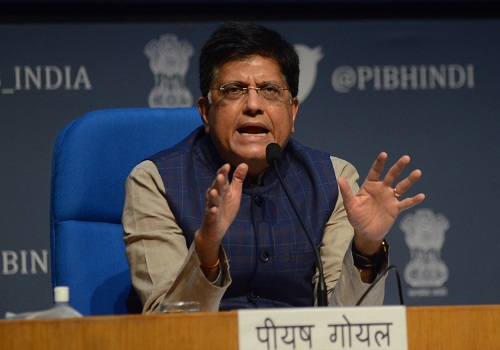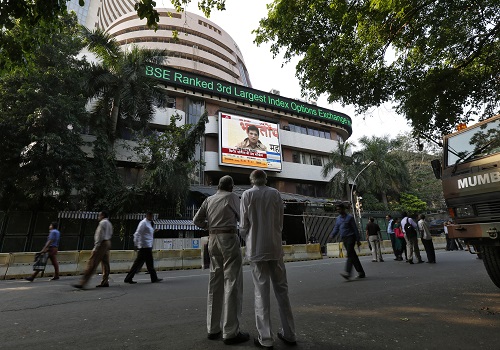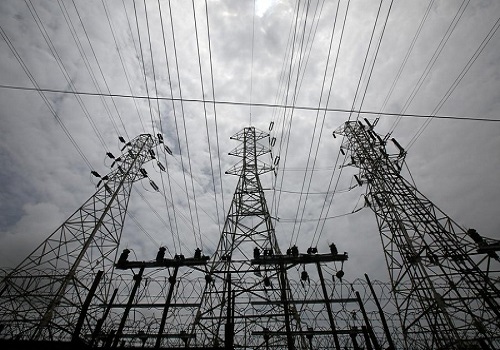NBFC Sector Update - RBI to introduce scale-based regulation for NBFCs By Motilal Oswal

Follow us Now on Telegram ! Get daily 10 - 12 important updates on Business, Finance and Investment. Join our Telegram Channel
RBI to introduce scale-based regulation for NBFCs
Aim to reduce regulatory arbitrage between banks and NBFCs; tightening regulations for large players
* The RBI released a discussion paper on revised regulations for NBFCs. The discussion paper introduces a scale-based approach to regulation from a ‘systemic significance’ vantage point. NBFCs would be categorized across four different layers (Base, Middle, Upper, and Top) based on various parameters including size, interconnectedness with the system, etc.
* The level of regulation / compliance requirement increases with each layer. >97% of NBFCs would be in the Base Layer, where no meaningful changes are suggested. These are NBFCs with a sub-INR10b asset size. Most of the listed entities would be in the Middle/Upper layer and would need to comply with the new proposed regulations related to capitalization and governance. Entities under our coverage largely comply with the proposed regulations.
* Contrary to market expectations, there is no specific recommendation to impose CRR / SLR / additional PSL, etc. – this is a key positive. On the business front, the IPO financing market may see some impact as exposure has been capped at INR10m per customer (no cap at present).
Four layers of NBFCs
NBFCs would be classified into four categories for the scale-based supervision – a) Base Layer (BL), b) Middle Layer (ML), c) Upper Layer (UL), and d) Top Layer (TL). The Base Layer would constitute >97% of NBFCs (9,209 NBFCs out of 9,425) – it would include NBFCs with a sub-INR10b asset size, P2P lenders, account aggregators, NOFHCs, and Type 1 NBFCs. The Middle Layer would comprise NBFCs with more than INR10b asset size, all deposit-taking NBFCs, HFC, IFCs, IDF, SPDs, and CICs. The Upper layer would comprise the Top 10 NBFCs as per asset size as well as other NBFCs selected based on qualitative and quantitative criteria – such as size, leverage, assets/liabilities within the financial system, group structure, etc. (refer to Exhibit 2). The RBI expects around 25–30 NBFCs to be a part of this layer. The Top Layer is inherently supposed to be empty. However, if the RBI believes there is unsustainable systemic risk from a specific NBFC in the Upper Layer category, then it would place the company in the Top Layer.
Key changes proposed in each layer
* Base Layer – a) NPA classification time to be reduced to 90dpd from 180dpd; b) corporate governance related changes
* Middle Layer – a) Changes in concentration norms akin to banks; b) exposure norms taking into consideration Tier I capital, as against networth currently; c) ICAAP norms to be introduced in a phased manner (setting aside capital for market and operational risk now); d) standard asset provisions of 40bp now v/s 25bp earlier; e) plugging governance arbitrage; f) for IPO financing – limiting individual exposure to INR10m (no ceiling currently) v/s INR1m for banks; g) few changes to RE and capital market exposure; h) compulsory implementation of Core Banking Solution
* Upper Layer – a) All changes applicable to the ML category; b) introduction of CET1: 9% – currently, overall TIER I of 10% required; c) peak leverage introduction – to be stipulated later on; d) standard asset provisions akin to banks, i.e., based on type of assets; HFCs are already providing standard asset provisions based on banks’ regulations. We do not foresee any impact of the change in the standard asset provisioning requirement as NBFCs are already following an ECL-based model under Ind-AS.
Other details
Some classification changes for NBFC-ND – a) maximum asset size of INR10b+ v/s INR5b+ earlier; b) minimum networth requirement to be raised to INR200m (from INR20m)
Scale-based approach a step in the right direction
The discussion paper by the RBI signals its intent to tighten regulation for NBFCs by reducing the regulatory arbitrage. At the same time, the RBI acknowledges the contribution of NBFCs in catering to the underserved segment. Hence, any change in regulation would be done keeping in mind the business model and requirements of the NBFCs. In our view, taking a size-based approach to regulation rather than a ‘one-size-fits-all’ regulatory approach is the right thing to do. Smaller NBFCs typically operate in semi-urban and rural areas and serve customers who are underbanked – if such NBFCs were to be overburdened with tight regulations, it would defeat the overarching goal of financial inclusion. While we await details on the final guidelines, we believe the current suggestions would not have any meaningful impact on our Coverage Universe. We reiterate HDFC, CIFC, and MUTH as our top picks.
To Read Complete Report & Disclaimer Click Here
For More Motilal Oswal Securities Ltd Disclaimer http://www.motilaloswal.com/MOSLdisclaimer/disclaimer.html SEBI Registration number is INH000000412
Above views are of the author and not of the website kindly read disclaimer










Tag News
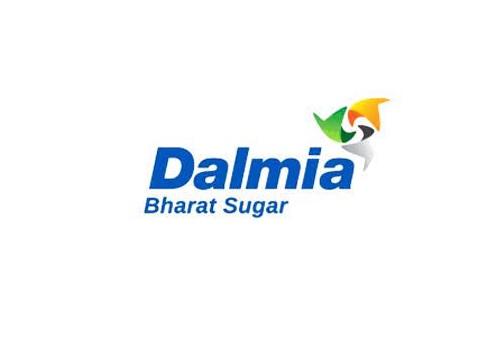
Buy Dalmia Bharat Ltd For Target Rs.2,400 - Motilal Oswal Financial Services Ltd


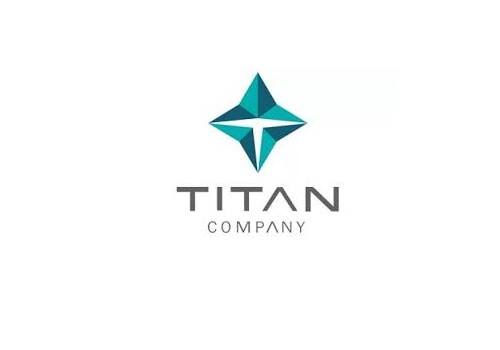
More News

Telecom Sector Update : MBB upgrades to drive moderate earnings growth By JM Financial Insti...





 320-x-100_uti_gold.jpg" alt="Advertisement">
320-x-100_uti_gold.jpg" alt="Advertisement">


